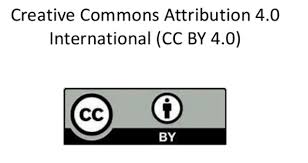Phenolic contents and antimicrobial activity of some kinds of Libyan honey
DOI:
https://doi.org/10.47440/JAFE.2020.1403Keywords:
Phenolic compounds, antimicrobial activity, Floral origin, Libyan honeys, AuthenticityAbstract
The phenolic contents of 6 Libyan honey varieties of different floral sources were determined. Honey samples included the 5 mono-floral kinds of honey, Ziziphus louts, Citrus medica, Thymus capitatus,Amygdaluscommunis and Commiphormyrrha, while the multi-floral honey was Rabia (spring) honey. The analysis of phenolic compounds was performed using High Pressure Liquid Chromatography (HPLC). Twenty three phenolic components in the different
kinds of honey were determined. The highest number of phenolic components were found in the darker honey, Thymus and Commiphor followed by Citrus, Rabia and Ziziphus, respectively. The least number of phenolic components were detected in Amygdalus (only 4). p-Hydroxybenzoic acid was found in all studied honey varieties, while rutin was not detected in any of the honey samples analyzed. Gallic acid and chrysin were found only in Thymus honey, Caffeic acid, salicylic acid and pinostrobin were only in Commiphor honey, while catechin, daidzein and pyrogallic were detected only in Citrus honey. The antimicrobial effect on Staphylococcus aureus, Bacillus subtilis, Klebsiella pneumoniae, Enterococcus faecalis, Pseudomonas aeuroginosa, Escherichia coli, Bacteriods spp., Sarcina spp. and Candida albicanswas studied. All honey samples inhibited the growth of Escherichia coli with different degrees, where P<0.001. Among all bacteria, Bacteroids spp. and Klebsiella pneumoniae were the most resistant against most honey samples.






 Publisher:
Publisher: 